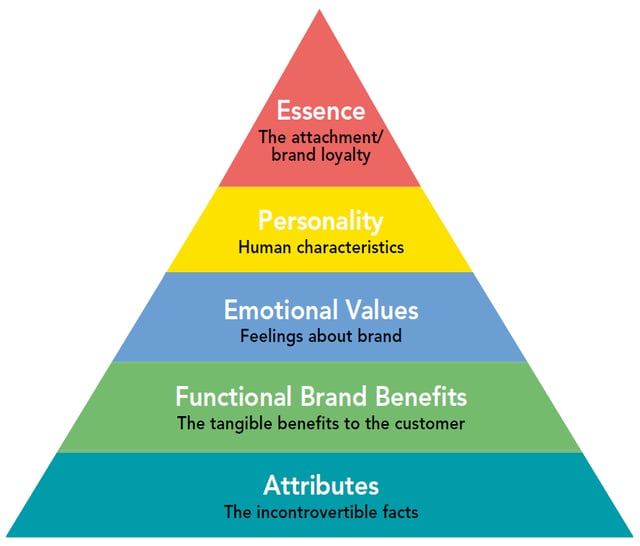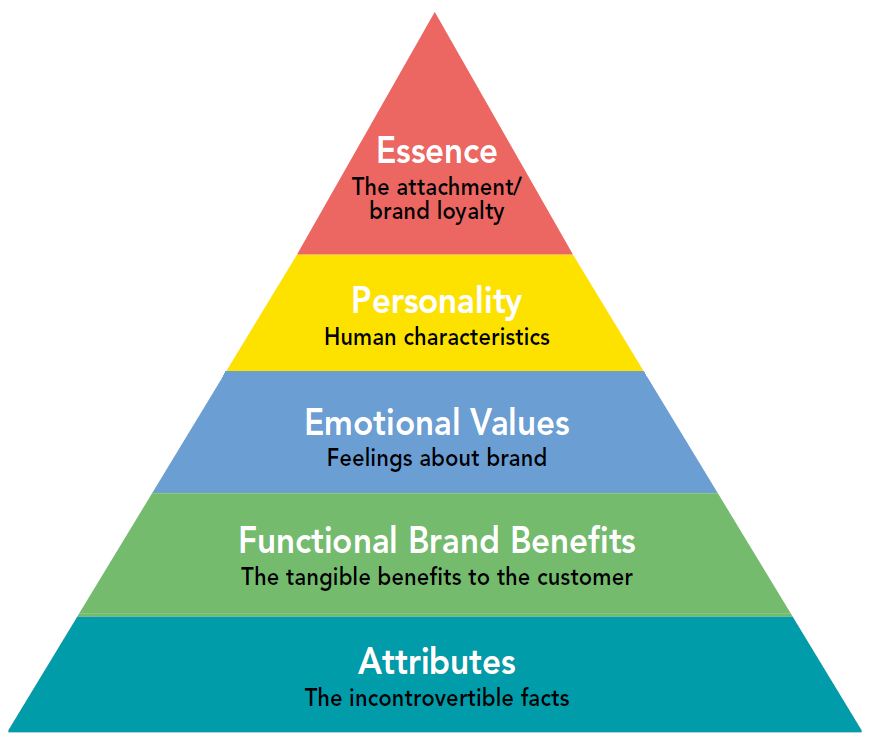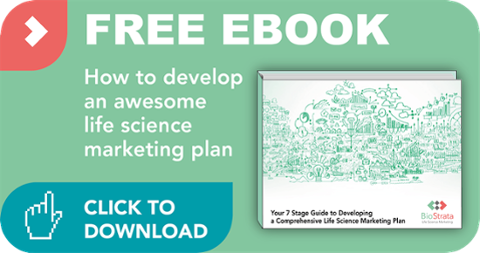Who exactly are you? We don’t mean from an existential point of view, we mean from a company perspective: what are your values? What’s your company personality? What unique benefits do you offer? What makes you stand out?
In the expanding and dynamic subsections of the life sciences market, these are important questions. How you want to be viewed by customers and prospects will help to direct the unique position in the market that you can uniquely own, grow and defend. Importantly, it will be what helps to differentiate you from the competition, and improve the appeal and integrity of your brand. The best way to go about answering these questions is to undertake thorough market research and then develop a brand model.
What is a brand model and why is it important?
A brand model is a powerful tool that should exist at the core of every company. It allows you to clearly define: the essence of what your company does; your belief system, your way of working and communicating; and how you look, behave and sound. It will never necessarily be written down or seen by anyone outside your organisation, but it is the blueprint that should give those encountering you for the first time, a consistent, clear and memorable impression of:
- Your vision
- Your purpose
- Your essence
- Your personality
- Your values
- The unique benefits you offer your customers
Ultimately, a brand model is the end result of your third party market research reviews, internal and external audits and competitor analysis.
How do I develop a brand model?
Once you have completed your analysis you may need some time to sit and discuss the best way to construct your brand model with your colleagues. A free and frank discussion about the insights gained through the research and the opportunities identified will be useful when working through the five main steps to creating it.
The five steps to creating your brand model
- The start point for any brand model is to establish the brand attributes – these are the incontrovertible facts. Every impactful brand is based upon a truth and by starting the model by defining the facts about the brand we are laying the foundations for success. For example: established 1985, family-owned, 80 employees, haematology analyser manufacturer, global distributor network etc.
- Once you have defined the brand attributes, you move to the functional brand benefits, these are the tangible benefits offered to the customer. For example: CE marked (reliable and trustworthy), online training programme (easy to get started with), hands-free technology (easy to use), fast TATs (saving time and resources) etc.
- Next you need to consider the emotional values – the response that you want to elicit in your customers when they interact with you and your products. For example: stress-free, assurance, trust.
- Once you are clear on the brand’s emotional values you can define the company’s personality: are you light-hearted or serious; innovative or traditional. However you define your personality, it needs to be based on truth and consistently embodied by your employees and delivered through all interactions with your organisation, from marketing and sales through to customer support.
- The final step is to develop your ‘essence’. By this, we mean the brand promise expressed in the simplest, most single-minded terms; what is it that you’d like people to, unconsciously or otherwise, associate with your brand. The brand essence will never be shared outside of your organisation, however, it should ring true through everything you say and do.
The outcome of a successful brand model
How well you construct and stick to your brand model can have a dramatic and long-lasting effect on how your customers and prospects view you. Maintaining a strong and relevant brand model that everyone in the organisation understands and buys into will help to differentiate your products and services, address important customer buying criteria, and articulate your key attributes. As a result, it will also help to breed brand loyalty and confidence in you and your company.
To understand brand models in more detail, learn about some other variations you might use and to read about how they fit into developing an overall marketing plan, download our free ebook, ‘Your 7 Stage Guide to Developing an Effective Life Science Marketing & Communications Plan’.




